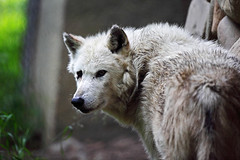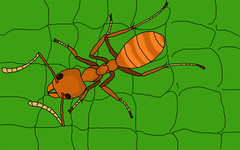One of the world's worst
invasive species, the Argentine ant, is mysteriously
disappearing from
New Zealand.
The Argentine ant poses a huge risk to horticulture and is a threat to native
species.
They attack birds, have been known to eat lizards in New Zealand and the
World Conservation Union classed them as one of the world's 100 worst invasive
species.
The small, brown insects were first found in New Zealand in 1990 and have
spread throughout the
North Island, usually attracted to warm climates like
Northland and Hawke's Bay. Their colonies reach as far south as
Christchurch.
But, the population has just started dying off, though the reason for their
deaths is unclear, Victoria University associate professor Phil Lester said.
Lester and masters student Meghan Cooling concluded the species naturally
collapses after about 10 to 20 years.
The pair assessed about 150 sites throughout the country that have been
populated by the
ants.
The colonies disappeared from at least 40 per cent of the sites and
populations had significantly shrunk at the other sites, Lester said.
They discovered some dead ants, but believed the others had decomposed or
been eaten.
"At some sites they've disappeared all together and other native ants have
reinvaded these areas," Lester said.
It was unclear why the invasive ant was disappearing, but Lester suspected it
was due to a virus of some sort.
"Because they're collapsing on their own the country could save millions," he
said.
When the species was first discovered in New Zealand the Government estimated
the ants would cost about $68 million a year in pest control, Lester said.
They have destroyed farms overseas and killed off other species, but they
haven't been so disastrous in New Zealand.
But they could potentially threaten the viticulture and horticultural
industries if populations got out of hand.
If they were to reach
Department of Conservation protected islands the
results could be disastrous.
The ants are about 2-3 millimetres long and produce multiple queens and can
form huge super-colonies that extend for thousands of kilometres, according to
the Biosecurity New Zealand website.
They can bite and cause a reaction in some people. However, most New Zealanders are probabably not aware of their existence. Some, like myself, may have read some fleeting comments about them.
Their demise will not result in any conservationists criticising any attempts not to preserve them.
Acknowledgements:
- Stuff NZ
Ecospree
Planet Green
Green TV
http://anzacbloggersunite.blog.co.uk















